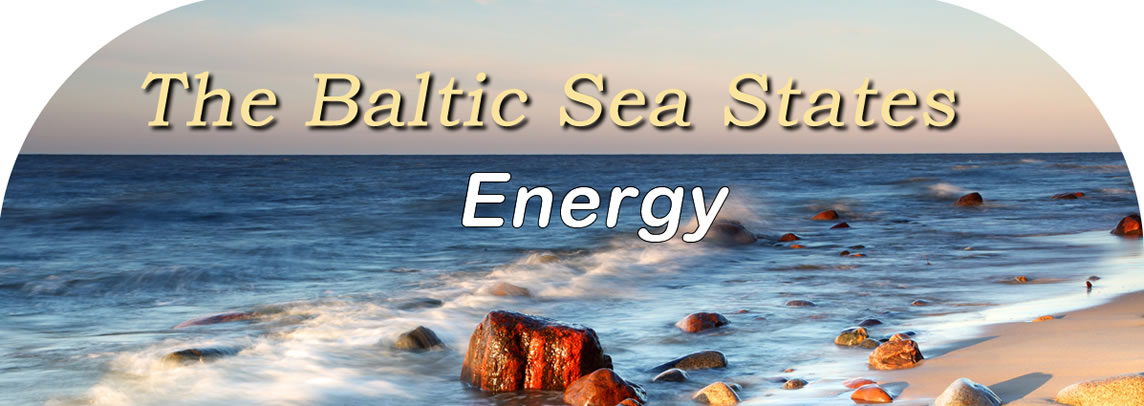
Latvian Energy Production The energy issue is one of the many challenges that Latvia faces on the path to a market economy. Since the Second World War, renewable resources such as hydro energy and wood have been traditional sources for production of electricity and heat in this Baltic Country. However, Latvia is steadily changing its energy policy due to the European Union's energy market diversification plan along with its ambitious environmental goals. One Step at a Time Latvia has started to shift to an energy policy that leans heavily towards green energy after the restoration of its independence. However, it is still heavily dependent on imported energy that accounts for 90 percent of the country's needs. Due to this, the government implemented a policy that focuses on the gradual growth of energy efficiency along with emphasis on the use of renewable energy resources. Basic Government Strategy Latvia's current government
strategy outlines a path of energy transition from a heavy reliance
on fossil fuel energy sources to an independent energy supply. This
policy also emphasizes the justified application of renewable
resources and energy consumption reduction as the most important
issues of this decade. New Government Incentives The country's new energy
policy also focuses on the more efficient use of biomass supplies
along with a more targeted application of EU co-funding. This will
help Latvia achieve 40 percent renewable resource-based energy usage
and a reduction of fossil fuel consumption in energy end use volume.
The country is fully capable of obtaining these targets by 2020
although the implementation intensity of this measure has been
slower than initially planned. Higher Energy Supply Security The EU climate and energy
package of 2020 states that Latvia has committed itself in trying
its best to increase energy efficiency by reducing energy
consumption in many sectors. At the same time, the country should
implement changes to balance its energy sources towards an increased
use of renewable energy. © Baltic21.org 2013, All Rights Reserved |
